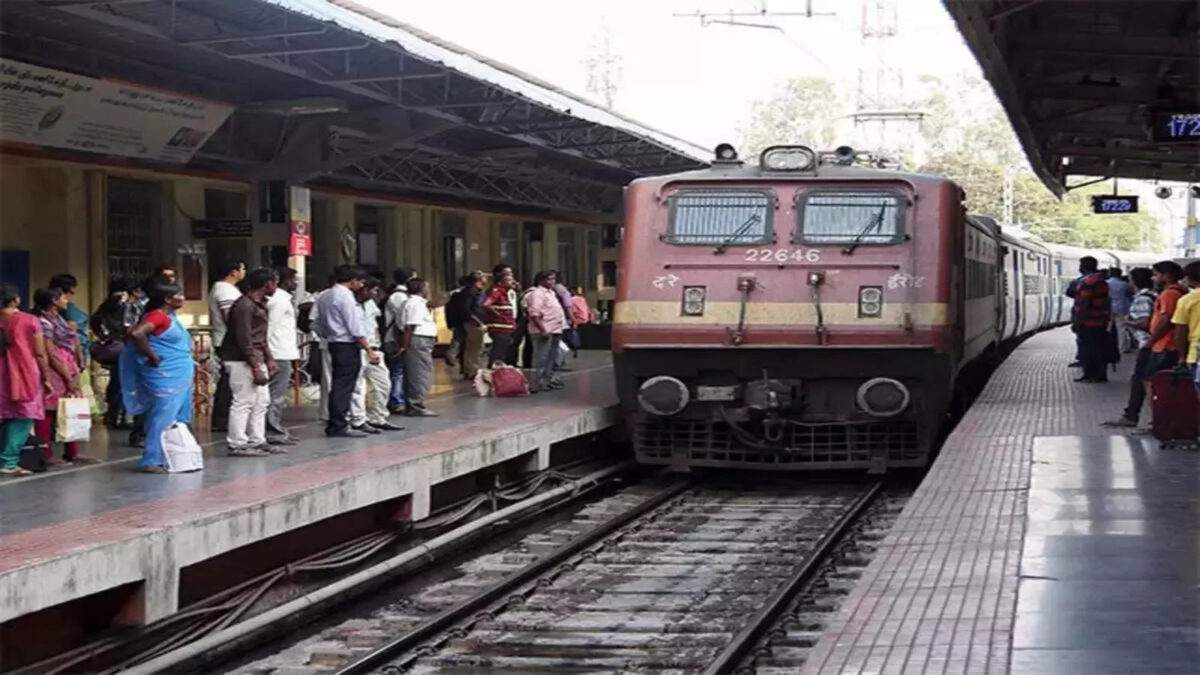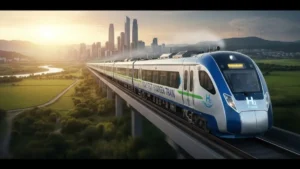Central Railway general manager Ram Karan Yadav has recently announced a significant step towards enhancing passenger safety. In his first news conference after assuming office, Yadav disclosed plans to install panic switches at 117 railway stations under the Central Railway network. This move aims to provide passengers with a quick and efficient means of alerting the Railway Protection Force (RPF) in case of emergencies.
The Introduction of Panic Switches
The installation of panic switches at railway stations is a proactive measure to ensure the safety and well-being of passengers. These panic switches will serve as a direct communication tool for passengers facing emergencies, allowing them to promptly seek assistance from RPF personnel. The Central Railway has entered into a Memorandum of Understanding (MoU) with RailTel for the implementation of this safety feature.
Operational Mechanism of Panic Switches
When a passenger encounters an emergency situation, they can simply press the panic switch, triggering an immediate alert to the RPF control. The RPF personnel will then swiftly respond to the situation, aided by real-time monitoring through Closed-Circuit Television (CCTV) cameras installed at the stations.
Timeline for Installation
The Central Railway envisions completing the installation of panic switches within a year. This ambitious timeline underscores the commitment of the railway authorities to expedite the implementation of safety measures for the benefit of passengers. The prompt response and intervention facilitated by the panic switches will undoubtedly contribute to a safer travel experience.
CCTV Integration for Enhanced Security
In addition to panic switches, the Central Railway is taking further steps to fortify passenger security. The railway network will witness the integration of CCTV cameras in local trains, particularly focusing on ladies coaches. Yadav mentioned in his address that all ladies coaches in Mumbai’s local trains under the Central Railway will be equipped with an emergency talkback system and CCTV cameras by March 2024.
Current Status of Emergency Features in Local Trains
Presently, out of the 771 ladies coaches in the local trains, 512 coaches already boast an emergency talkback system, and 421 coaches are equipped with CCTV cameras. This ongoing implementation underscores the railway’s commitment to ensuring the safety and security of female passengers who utilize local train services.
Overview of Central Railway’s Network
The Central Railway manages an extensive network, including approximately 1850 suburban services, 145 DEMU-MEMU trains, and 371 mail-express trains. This network encompasses the bustling city of Mumbai and includes high-speed Vande Bharat Express trains, demonstrating the scale and importance of the safety measures being implemented.
Summary
- Panic Switches Deployment: Central Railway plans to install panic switches at 117 stations, enabling passengers to swiftly alert the Railway Protection Force (RPF) during emergencies.
- RailTel Collaboration: The initiative is a result of an MoU between Central Railway and RailTel, emphasizing a collaborative effort for enhanced passenger safety.
- Real-Time Monitoring: Panic switches trigger immediate alerts to RPF control, facilitating quick response through real-time monitoring using CCTV cameras at stations.
- Local Train Security Upgrade: Central Railway is enhancing security in local trains by introducing emergency talkback systems and CCTV cameras in all ladies coaches by March 2024.
- Aggressive Implementation Timeline: The railway aims to complete panic switch installations within a year, showcasing a proactive commitment to passenger safety across its extensive Mumbai network.




 Centre Unveils ₹17 Lakh Crore PPP Projec...
Centre Unveils ₹17 Lakh Crore PPP Projec...
 Haryana to Launch India's First Hydrogen...
Haryana to Launch India's First Hydrogen...
 Supreme Court Signs MoU for Law Clerks E...
Supreme Court Signs MoU for Law Clerks E...







